The Ultimate Guide To Growing Vegetable Plants
The Ultimate Guide to Growing Vegetable Plants
Growing your own vegetable garden is a great way to save money, eat healthier, and enjoy the satisfaction of harvesting your own food. But where do you start? This guide will walk you through everything you need to know to create a thriving vegetable garden, from choosing the right location to harvesting your crops.
Choosing the Right Location
The first step is to choose the right location for your vegetable garden. You'll need a spot that gets at least 6 hours of sunlight per day. The soil should also be well-drained. If you have poor soil, you can amend it with compost or manure.
Planning Your Garden
Once you've chosen a location, it's time to start planning your garden. This includes deciding what vegetables you want to grow and how much space you need. You'll also need to consider the spacing requirements of different vegetables. For example, tomatoes need more space than carrots.
Planting Your Seeds or Transplants
Once you've planned your garden, it's time to start planting. You can either plant seeds directly in the ground or start your plants indoors and transplant them later. If you're planting seeds directly in the ground, be sure to plant them at the correct depth. You can find this information on the seed packet.
Caring for Your Garden
Once your plants are in the ground, you'll need to care for them regularly. This includes watering, fertilizing, and weeding. You'll also need to protect your plants from pests and diseases.
Harvesting Your Crops
When your vegetables are ready to harvest, be sure to do so when they're ripe. This will ensure that they taste their best. You can harvest your vegetables by hand or with a garden tool.
Troubleshooting
If you run into problems with your vegetable garden, don't panic. There are a number of resources available to help you troubleshoot. You can find books, websites, and even gardening hotlines that can offer advice.
Conclusion
Growing your own vegetable garden is a rewarding experience. It's a great way to save money, eat healthier, and enjoy the satisfaction of harvesting your own food. With a little planning and care, you can have a thriving vegetable garden that will provide you with fresh produce all season long.
Are you interested in learning more about vegetable plants? If so, I highly recommend visiting Garden Wiki. This website is a comprehensive resource for everything you need to know about vegetable gardening, from choosing the right plants for your climate to harvesting and storing your crop.
Garden Wiki offers a wealth of information on a variety of topics, including:
- Types of vegetable plants: Learn about the different types of vegetable plants, including their nutritional benefits, growing requirements, and pests and diseases.
- Garden planning: Get tips on how to plan your vegetable garden, including choosing the right location, preparing the soil, and selecting the right plants.
- Growing and harvesting: Find out how to grow and harvest your vegetable plants, including watering, fertilizing, and pest control.
- Storing and preserving: Learn how to store and preserve your vegetable harvest, so you can enjoy it all year long.
In addition to its comprehensive content, Garden Wiki is also easy to navigate and user-friendly. Whether you're a beginner or a seasoned gardener, you're sure to find something useful on this site.
So what are you waiting for? Visit Garden Wiki today and start learning more about vegetable plants!
FAQ of vegetable plants
1. What are the easiest vegetables to grow from seeds?
Some of the easiest vegetables to grow from seeds include:
- Beans: Beans are a great choice for beginners because they are very hardy and easy to care for. They can be grown in a variety of climates and soil types.
- Carrots: Carrots are also a good choice for beginners. They are relatively quick to grow and can be grown in a variety of containers.
- Peas: Peas are a fun and easy vegetable to grow with kids. They can be grown in a variety of containers and do not require a lot of space.
- Spinach: Spinach is a leafy green vegetable that is packed with nutrients. It is easy to grow and can be harvested in as little as 4 weeks.
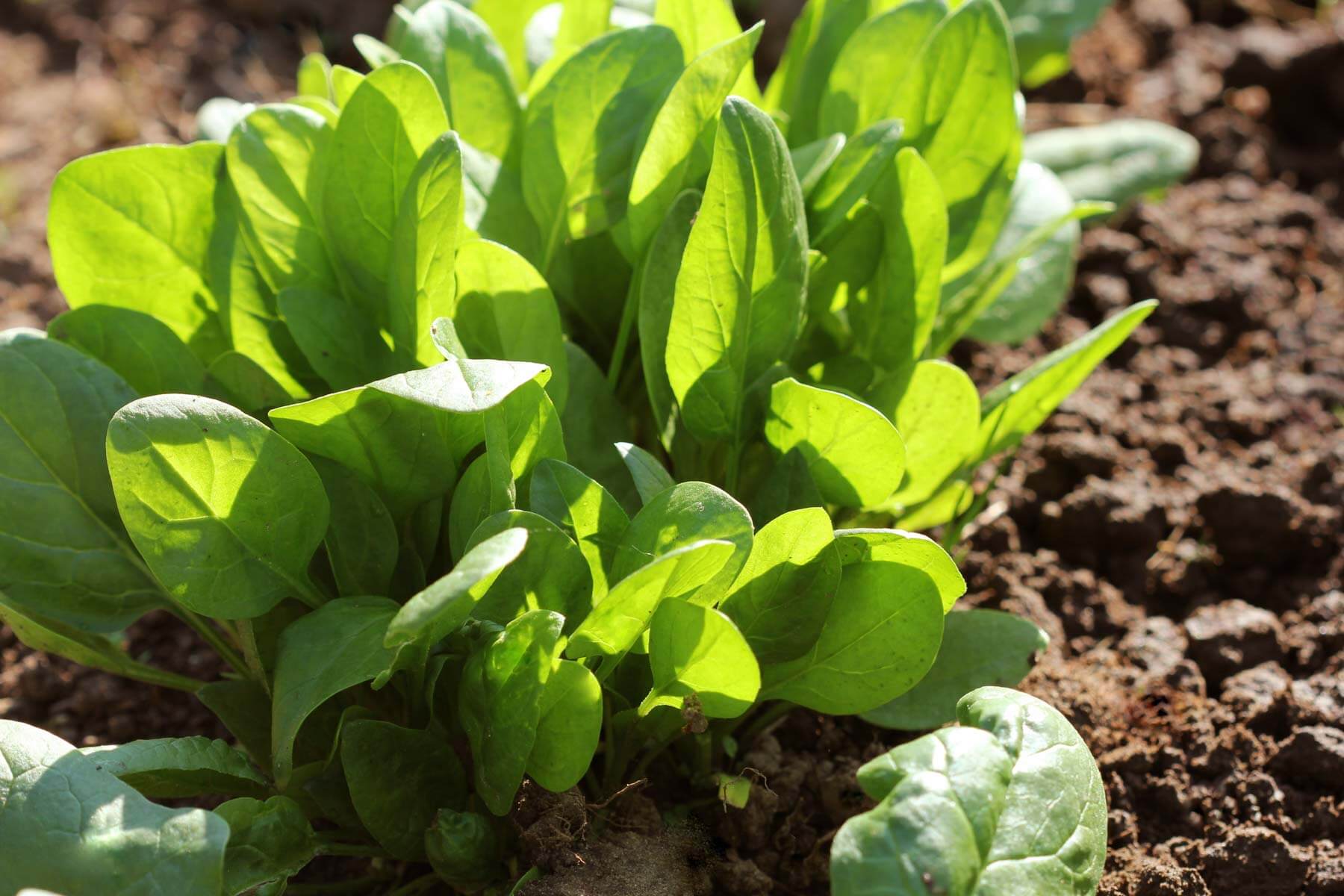
- Tomatoes: Tomatoes are a popular vegetable that can be grown in a variety of climates. They require full sun and well-drained soil.
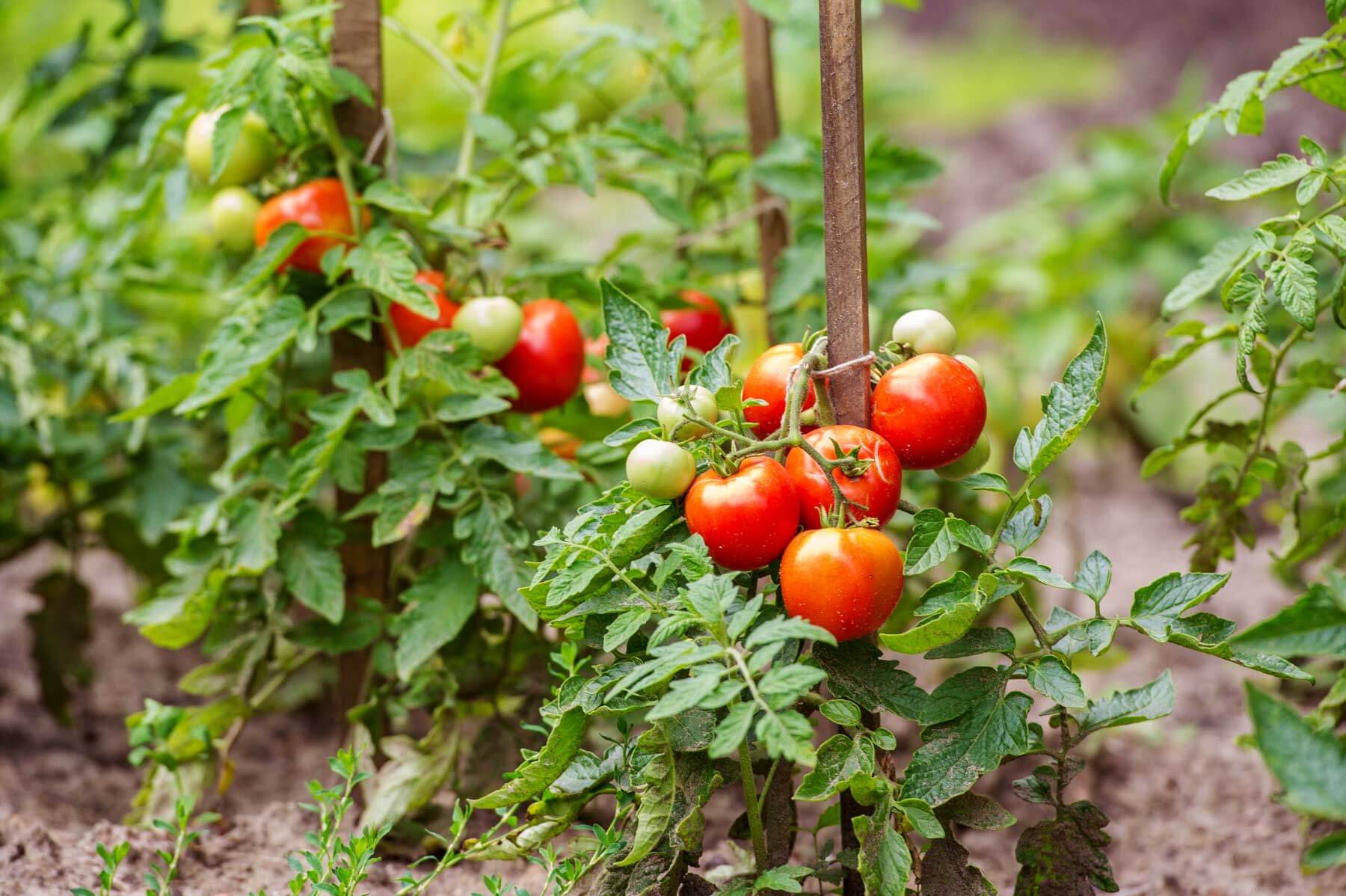
2. What vegetables grow in 30 days?
There are a number of vegetables that can be grown in 30 days or less. Some of these include:
- Arugula: Arugula is a leafy green vegetable that is ready to harvest in just 20-30 days.
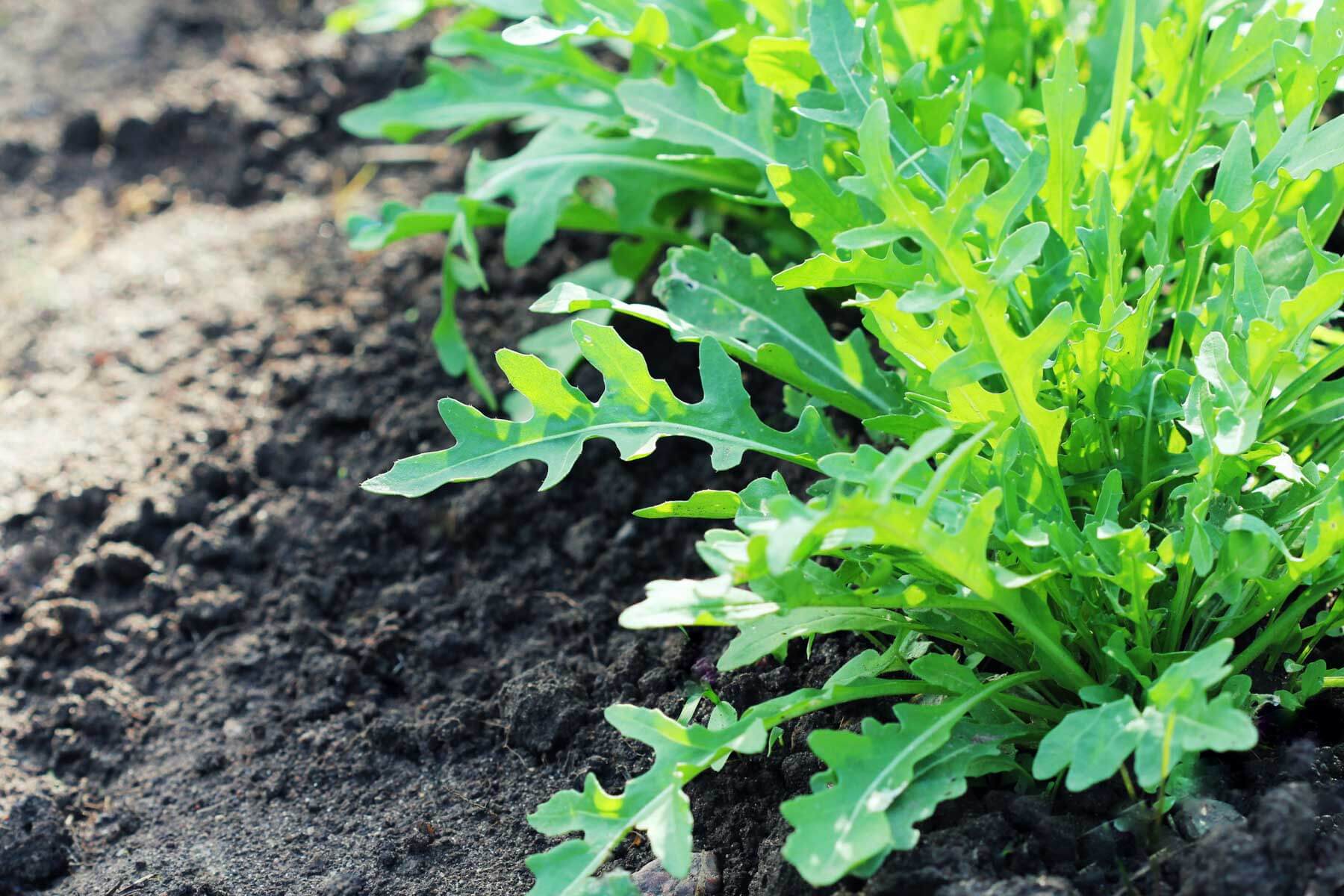
- Spinach: Spinach is another leafy green vegetable that can be harvested in 30 days.
- Radishes: Radishes are a root vegetable that can be harvested in just 21-28 days.
- Beans: Beans can be harvested in as little as 30 days, depending on the variety.
- Carrots: Carrots can also be harvested in as little as 30 days, depending on the variety.
3. What vegetables can be planted next to each other?
Some vegetables are compatible with each other, while others should not be planted together. Some of the best vegetables to plant together include:
- Beans and peas: Beans and peas are legumes that fix nitrogen in the soil, which benefits other plants.
- Carrots and tomatoes: Carrots and tomatoes do not compete for the same nutrients, so they can be planted together.
- Lettuce and spinach: Lettuce and spinach are both leafy greens that can be planted together.
- Peas and onions: Peas and onions can be planted together to help repel pests.
- Tomatoes and basil: Tomatoes and basil are a classic combination that tastes great together.
4. What vegetables cannot be planted together?
Some vegetables should not be planted together because they compete for the same nutrients or can attract pests. Some of the vegetables that should not be planted together include:
- Cabbage and cauliflower: Cabbage and cauliflower are both members of the Brassica family, so they should not be planted together.

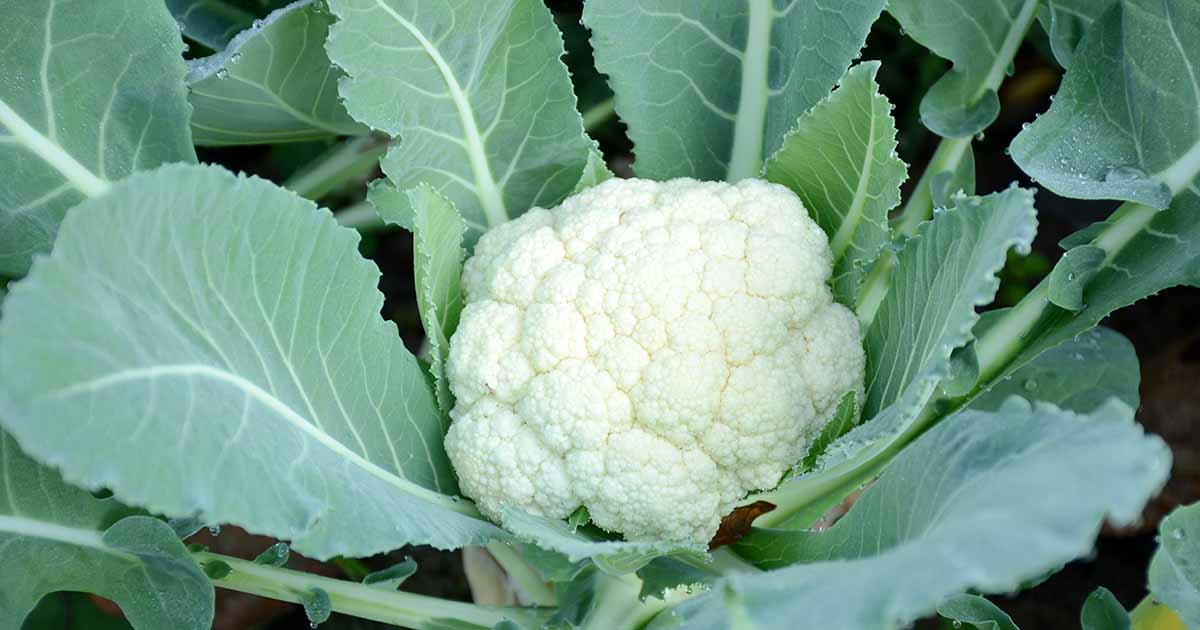
- Corn and potatoes: Corn and potatoes should not be planted together because they can attract the same pests.
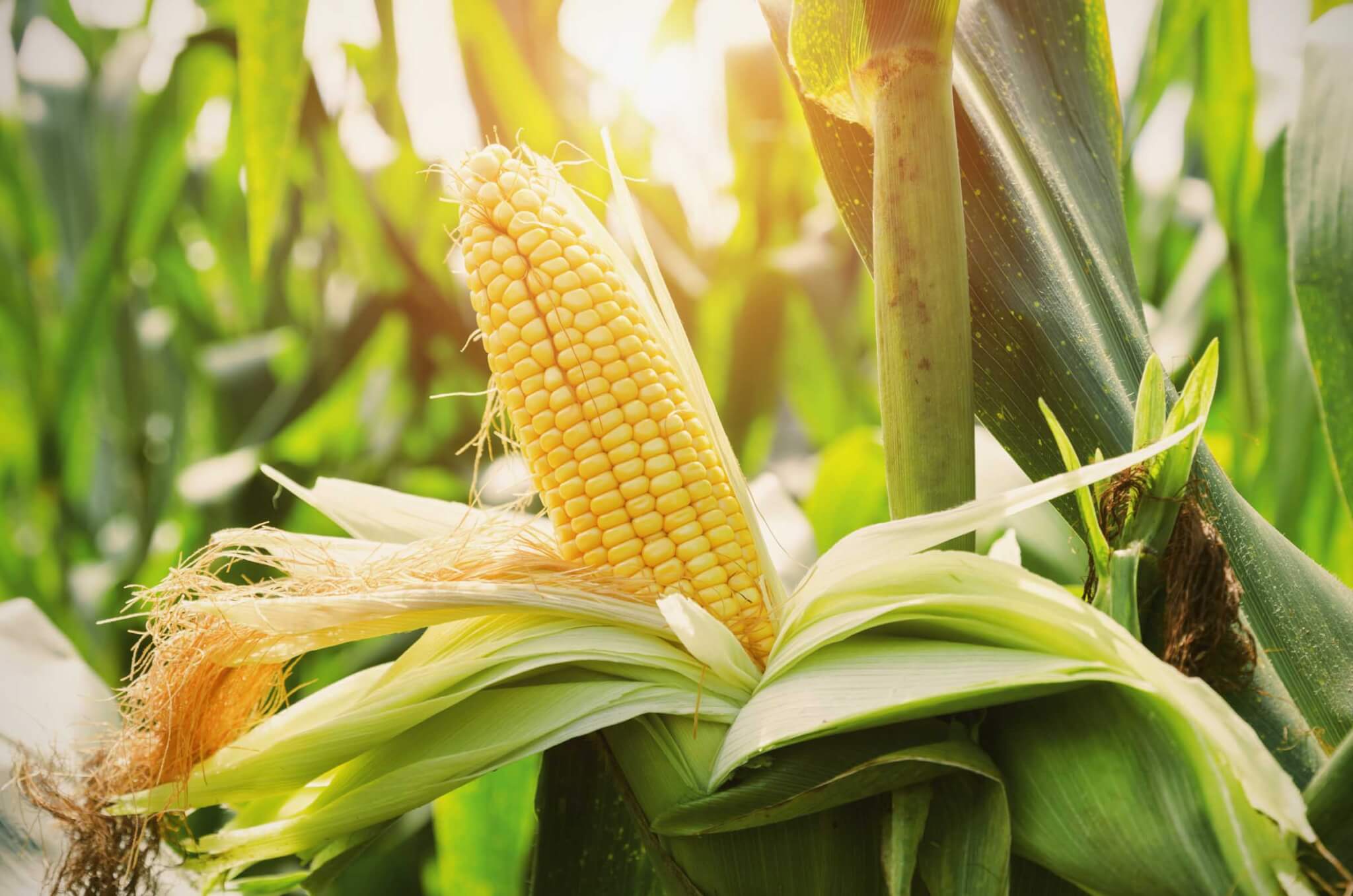
- Eggplant and tomatoes: Eggplant and tomatoes are both nightshades, so they should not be planted together.
- Melons and cucumbers: Melons and cucumbers should not be planted together because they compete for the same nutrients.

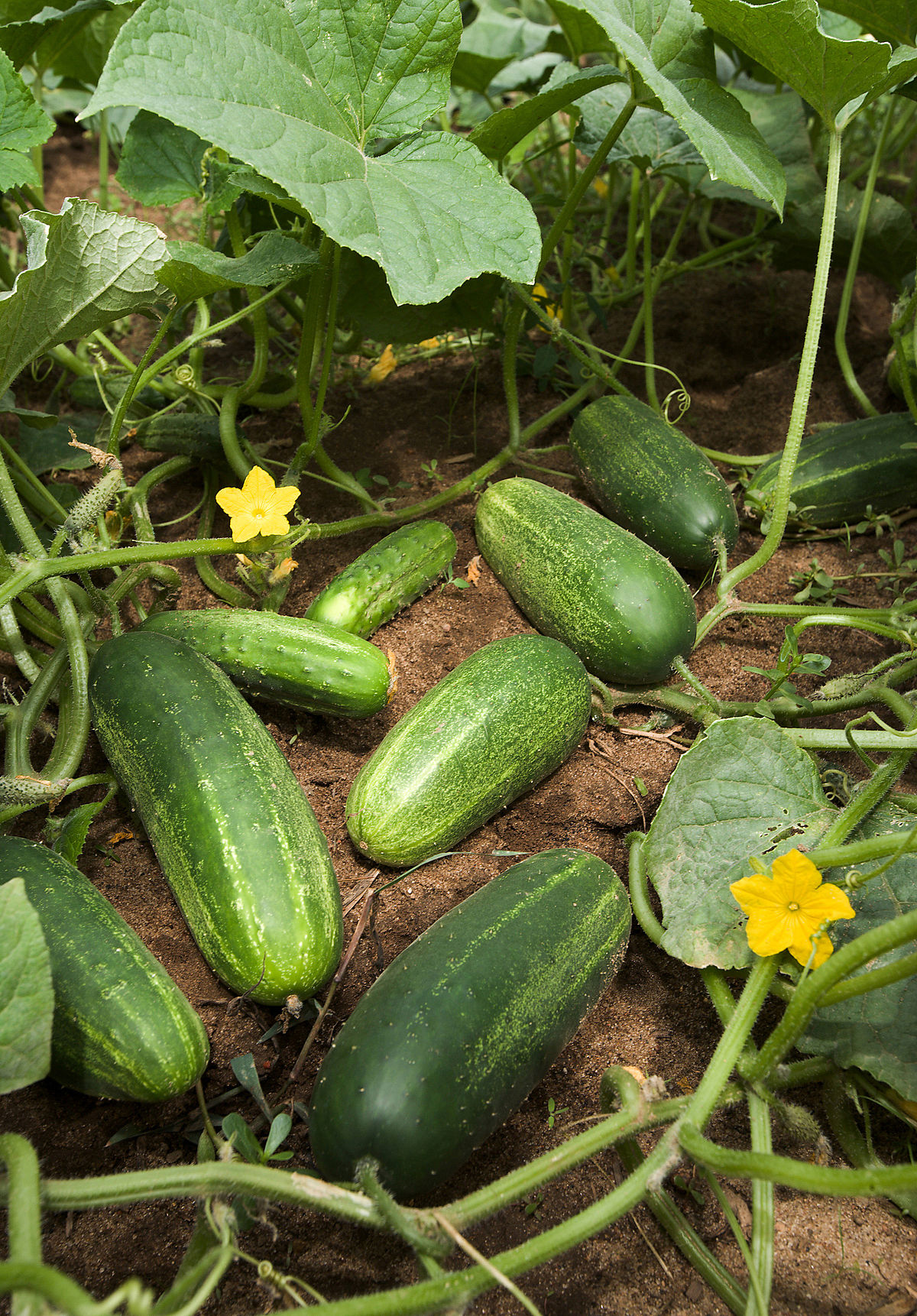
5. What are the most important vegetables to grow?
The most important vegetables to grow are the ones that you and your family enjoy eating. However, some vegetables are more nutritious than others, so it is a good idea to include a variety of vegetables in your garden. Some of the most nutritious vegetables to grow include:
- Broccoli: Broccoli is a cruciferous vegetable that is packed with antioxidants and vitamins.
- Kale: Kale is another cruciferous vegetable that is high in vitamins and minerals.
- Spinach: Spinach is a leafy green vegetable that is a good source of iron and vitamin K.
- Carrots: Carrots are a root vegetable that is a good source of beta-carotene.
- Tomatoes: Tomatoes are a fruit that is a good source of lycopene.
Image of vegetable plants
- Tomato plant: A tomato plant is a herbaceous perennial that is typically grown as an annual. It is a member of the nightshade family and is native to the Americas. Tomatoes are a popular vegetable that can be eaten fresh, cooked, or processed into sauces, juice, and paste.

- Potato plant: A potato plant is a herbaceous perennial that is typically grown as an annual. It is a member of the nightshade family and is native to the Andes Mountains. Potatoes are a popular vegetable that can be eaten boiled, mashed, fried, or baked.
- Carrots: Carrots are a root vegetable that is a member of the Apiaceae family. They are native to Europe and Asia and have been cultivated for centuries. Carrots are a popular vegetable that can be eaten raw, cooked, or juiced.
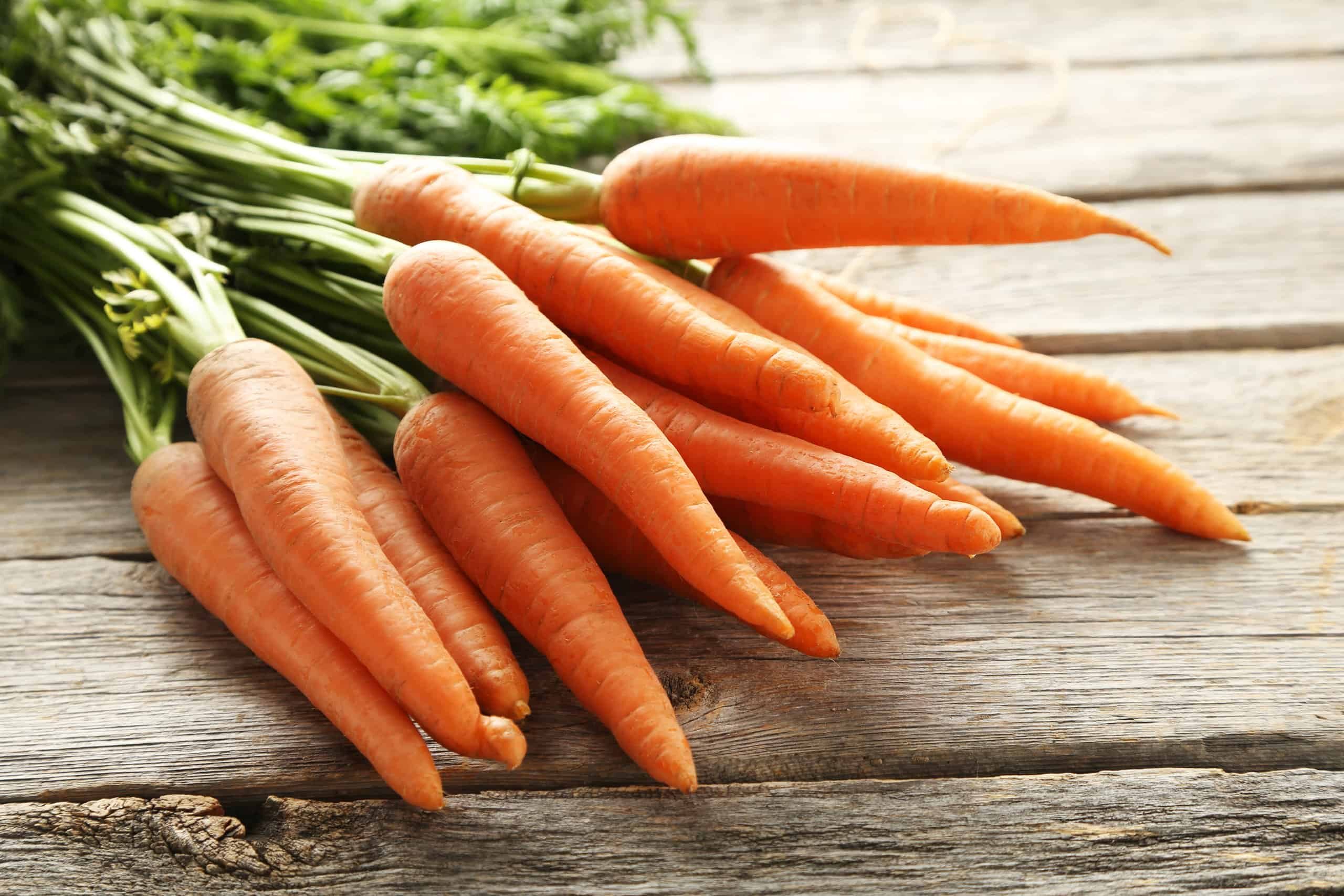
- Lettuce: Lettuce is an annual plant that is a member of the Asteraceae family. It is native to the Mediterranean region and has been cultivated for centuries. Lettuce is a popular vegetable that can be eaten raw, cooked, or used in salads.
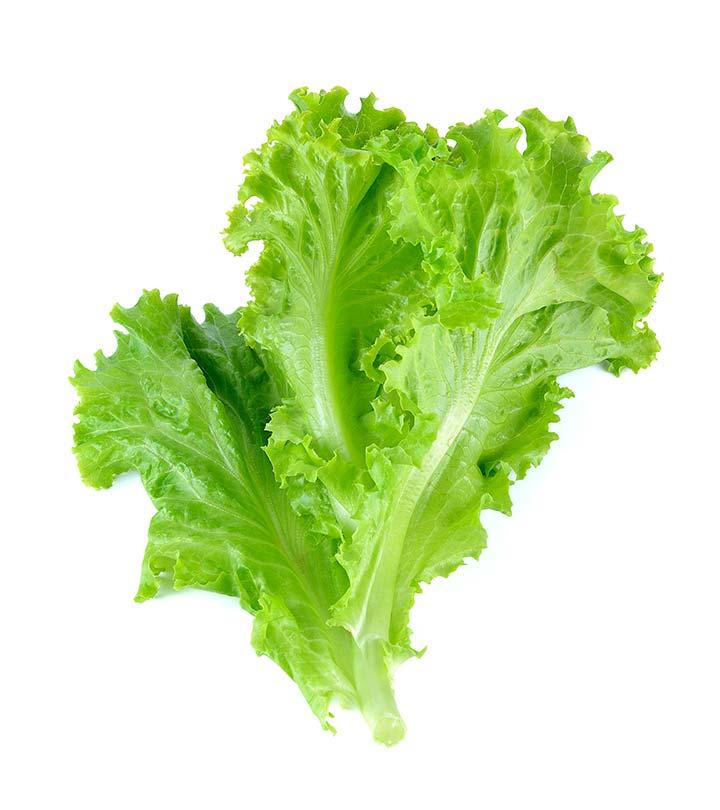
- Peas: Peas are a legume that is a member of the Fabaceae family. They are native to Europe and Asia and have been cultivated for centuries. Peas are a popular vegetable that can be eaten fresh, cooked, or frozen.


Post a Comment for "The Ultimate Guide To Growing Vegetable Plants"